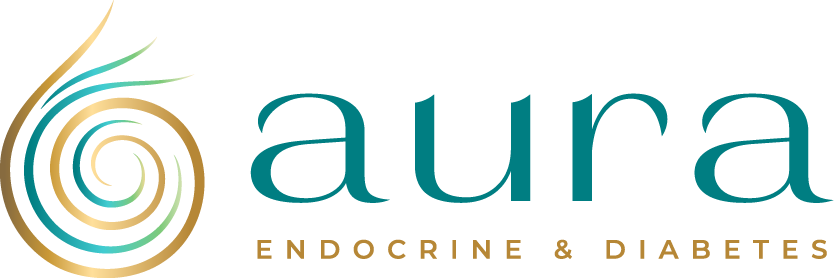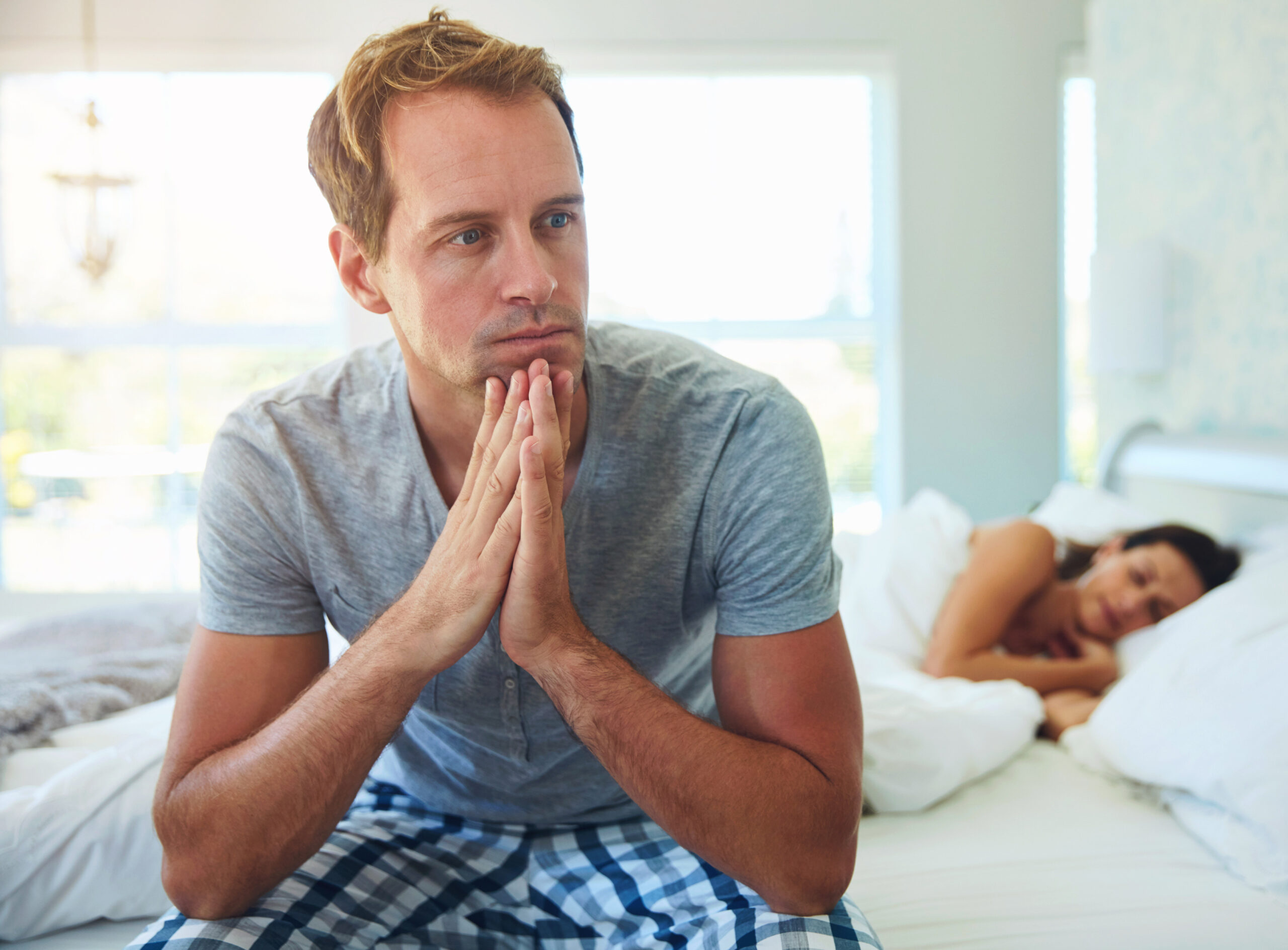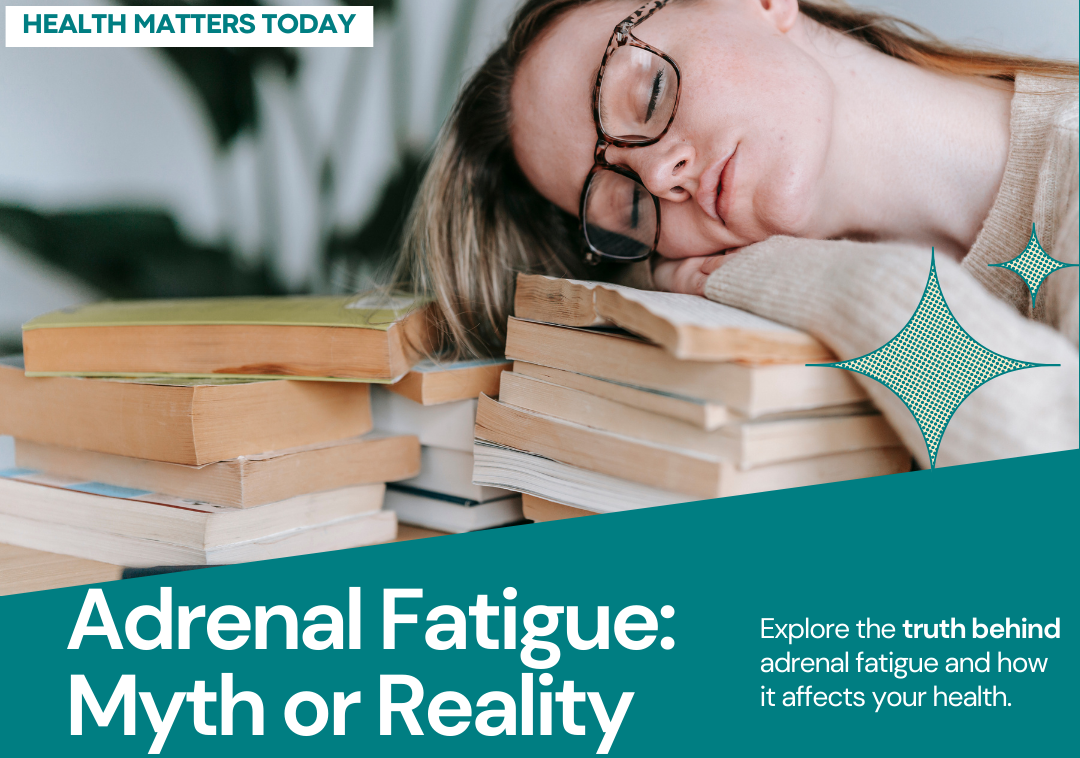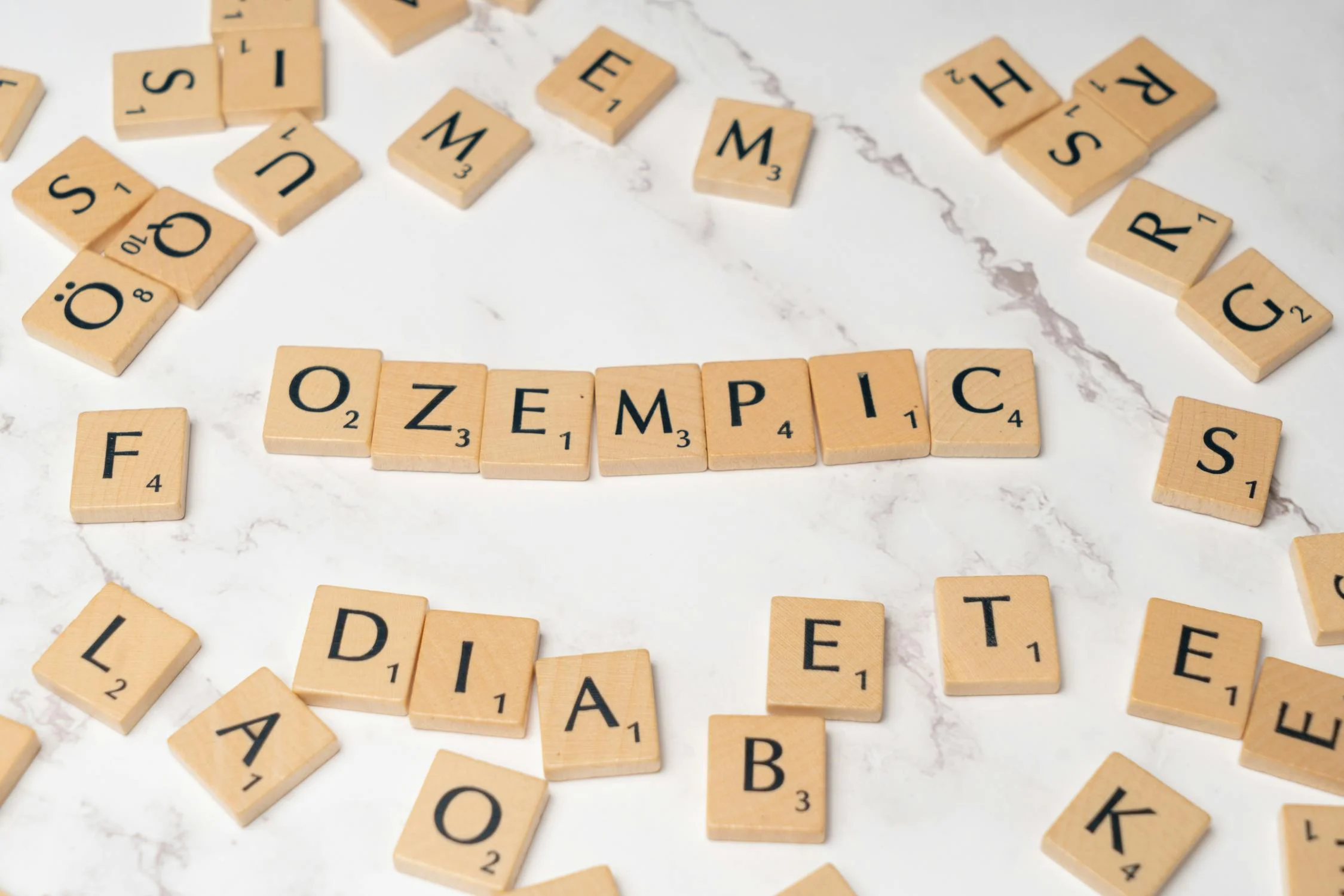Introduction: Understanding Male Hypogonadism
Male hypogonadism is a condition where the body doesn’t produce enough testosterone, the hormone responsible for masculine growth and development during puberty. Testosterone is essential for many bodily functions, including muscle strength, bone density, red blood cell production, and sexual function. When testosterone levels fall below the normal range, it can lead to significant health issues, including fatigue, low libido, and reduced muscle mass.
At Aura Endocrine and Diabetes, we offer comprehensive care for men suffering from hypogonadism, including testosterone replacement therapy. In this blog, we’ll explore the causes and symptoms of hypogonadism, how it’s diagnosed, and the available treatment options.
What is Male Hypogonadism?
Male hypogonadism occurs when the testes produce an insufficient amount of testosterone. This can be due to problems with the testes themselves (primary hypogonadism) or an issue with the hypothalamus or pituitary gland (secondary hypogonadism), which controls the production of testosterone.
Types of Male Hypogonadism:
1. Primary Hypogonadism:
This occurs when the testes can’t produce enough testosterone, often due to injury or conditions like Klinefelter syndrome or undescended testes.
2. Secondary Hypogonadism: This is caused by issues with the hypothalamus or pituitary gland, which signals the testes to produce testosterone. Common causes include pituitary tumors, brain injuries, or chronic illnesses.
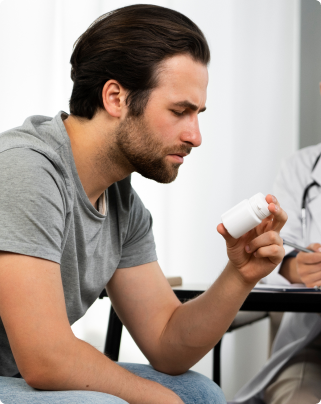
Symptoms of Male Hypogonadism
The symptoms of hypogonadism can vary depending on when it develops. In men, low testosterone levels can lead to:
- Low libido: Decreased interest in sexual activity.
- Erectile dysfunction: Difficulty achieving or maintaining an erection.
- Fatigue: Persistent tiredness despite adequate rest.
- Muscle weakness: Loss of muscle mass and strength.
- Increased body fat: Weight gain, particularly around the abdomen.
- Mood changes: Depression, irritability, or difficulty concentrating.
- Reduced bone density: Increased risk of osteoporosis and fractures.
In adolescents, hypogonadism can delay puberty, leading to underdeveloped muscle mass, lack of facial and body hair, and a deeper voice failing to develop.
Diagnosing Male Hypogonadism
At Aura, we take a comprehensive approach to diagnosing male hypogonadism. A thorough evaluation typically involves:
1. Blood Tests:
A testosterone blood test is the primary method for diagnosing hypogonadism. Testosterone levels are usually measured in the morning when they are at their peak. If levels are consistently low, further tests will be conducted to determine the underlying cause.
2. Hormone Panel:
A complete hormone panel may be ordered to assess levels of other hormones such as LH (luteinizing hormone) and FSH (follicle-stimulating hormone). These hormones help regulate testosterone production, and abnormal levels may indicate a problem with the pituitary gland or hypothalamus.
3. Imaging:
In some cases, an MRI scan or CT scan of the pituitary gland may be necessary to check for any tumors or abnormalities that could be affecting hormone production.
Testosterone Replacement Therapy (TRT)
Testosterone replacement therapy (TRT) is the most common treatment for men with hypogonadism. TRT helps restore normal testosterone levels and alleviates the symptoms of low testosterone. At Aura, we follow the Endocrine Society guidelines for TRT, ensuring that each patient receives the appropriate dosage and treatment plan tailored to their needs.
Forms of Testosterone Therapy:
1. Topical Gels:
Applied directly to the skin, testosterone gels are absorbed into the bloodstream and provide a steady release of the hormone.
2. Injections:
Testosterone injections are administered either weekly or bi-weekly and are a popular option for long-term management.
3. Patches:
Testosterone patches are worn on the skin and deliver a controlled amount of testosterone throughout the day.
4. Pellets:
Implanted under the skin, testosterone pellets provide a slow, steady release of the hormone over several months.
5. Oral Medications:
While less common, oral testosterone pills are another option for treatment.
At Aura, we help patients decide which form of testosterone therapy is best suited to their lifestyle and medical needs.

Benefits of Testosterone Therapy
1. Improved Sexual Health:
TRT helps increase libido and also elevate mood and reduces depression.
2. Increased Energy Levels:
Many men experience increased energy and reduced fatigue after starting TRT, helping them feel more alert and active.
3. Muscle Mass and Strength:
Testosterone plays a crucial role in maintaining muscle mass. TRT can help reverse the loss of muscle mass associated with low testosterone, leading to improved strength and physical performance.
4. Enhanced Mood and Mental Clarity:
Low testosterone has been linked to depression, irritability, and brain fog. TRT can help improve mood, reduce anxiety, and restore mental clarity.
5. Bone Density:Testosterone helps maintain bone density, reducing the risk of osteoporosis and fractures.
Risks and Considerations
While testosterone therapy can provide significant benefits, it’s not without risks. Possible side effects of TRT include:
- Increased red blood cell count: Leading to a risk of blood clots.
- Acne and oily skin.
- Sleep apnea: Worsening of pre-existing sleep apnea.
- Enlarged prostate: TRT may increase the risk of prostate issues.
At Aura, we monitor our patients closely during TRT to minimize any potential side effects and ensure the treatment is effective.
Lifestyle Changes to Support Hormone Health
In addition to TRT, lifestyle changes can help support hormone health and improve overall well-being. Some tips for naturally supporting testosterone levels include:
- Exercise regularly: Particularly weightlifting and high-intensity interval training (HIIT).
- Maintain a healthy diet: Focus on whole foods rich in vitamins and minerals.
- Reduce stress: Chronic stress can lower testosterone levels by increasing cortisol.
- Get enough sleep: Sleep is crucial for hormone production and balance.
The Aura Approach to Male Hypogonadism
At Aura Endocrine and Diabetes, we offer a personalized approach to treating male hypogonadism. Our experienced team will work with you to diagnose the condition, develop a tailored treatment plan, and monitor your progress to ensure the best possible outcomes. Whether through testosterone therapy or lifestyle changes, we are here to help you achieve optimal health.
Conclusion: Take Control of Your Health with Aura
If you’re experiencing symptoms of low testosterone or suspect you may have male hypogonadism, don’t wait to seek help. At Aura Endocrine and Diabetes, we specialize in diagnosing and treating hormone imbalances, including hypogonadism. Contact us today to schedule an evaluation and learn more about how testosterone therapy can improve your health.
Call to Action (CTA):
Concerned about low testosterone? Schedule a consultation with Aura Endocrine and Diabetes today to explore treatment options and improve your health.
